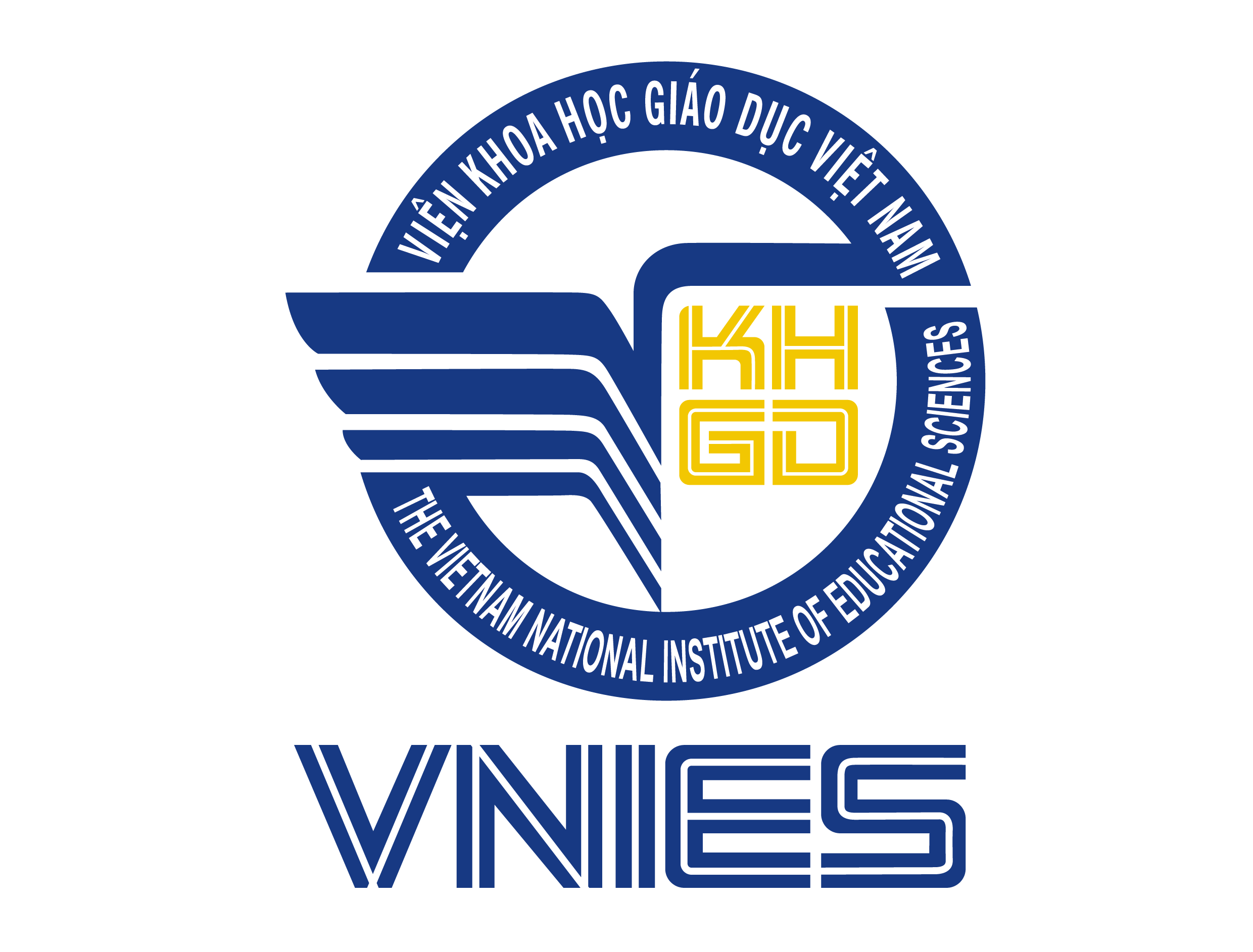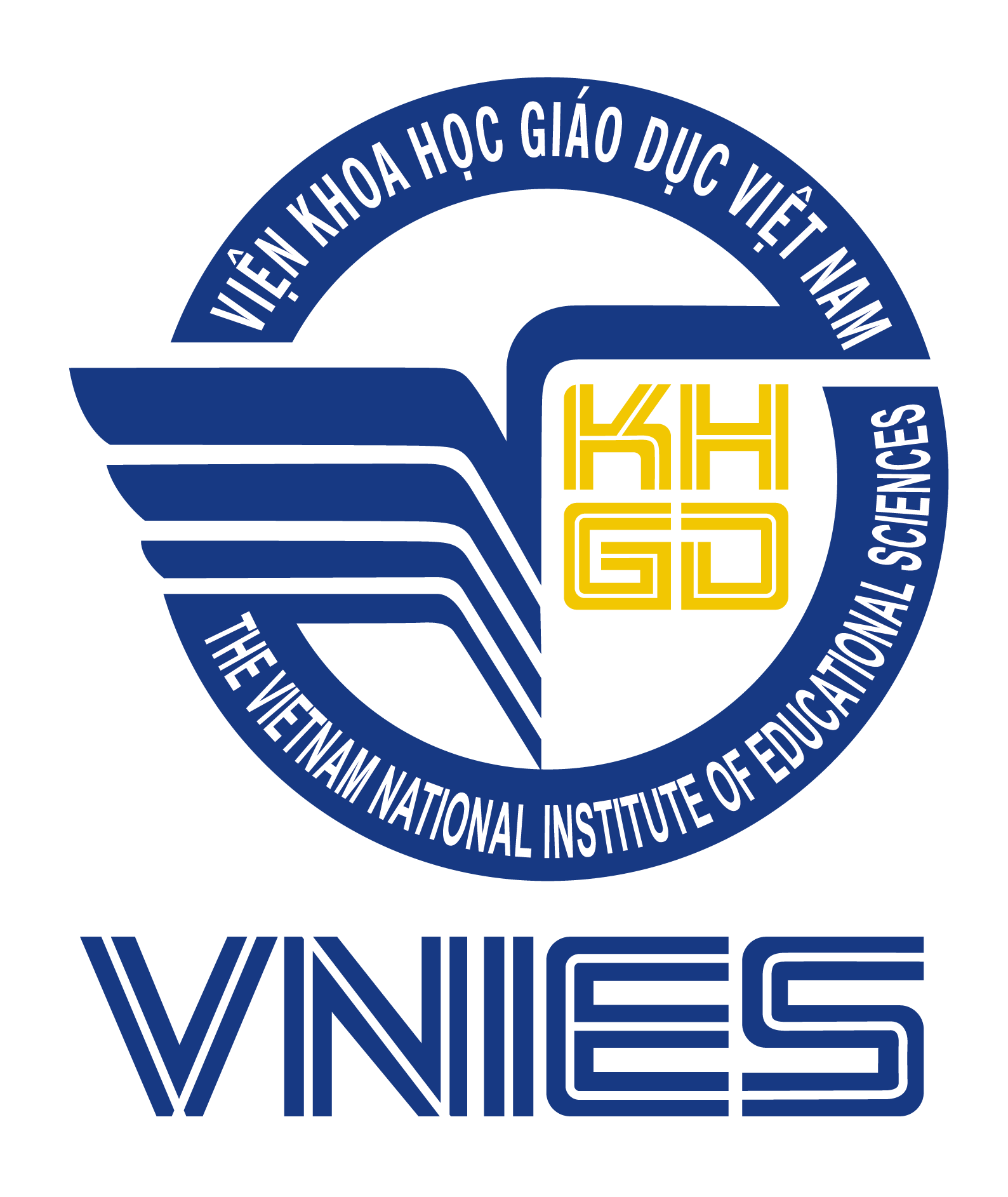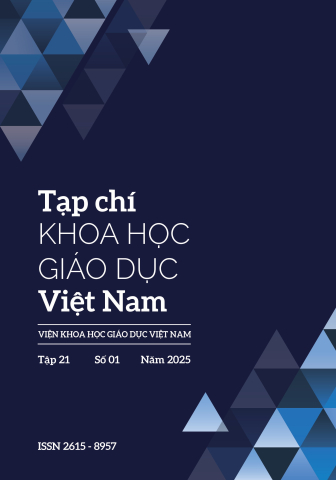[1] Castelfranchi, C. (2013). Alan Turing’s “Computing Machinery and Intelligence”. Topoi, 32, 293–299. https://doi.org/10.1007/s11245-013-9182-y
[2] Cukurova, M., & Miao, F. (2024). AI competency framework for students. UNESCO Publishing. https://unesdoc.unesco.org/in/documentViewer. xhtml?v=2.1.196&id=p::usmarcdef_0000391105 &file=/in/rest/annotationSVC/DownloadWater markedAttachment/attach_import_be395de4- 719f-49fa-94f9-b0381426f8c 5%3F_%3D391105eng. pdf&locale=en&m ulti=tr ue&ark= /ark:/ 48223/pf 0000391105/PDF/391105eng.pdf#1 179_24_AI%20 students% 20E.indd% 3A.26558 %3A1690
[3] Hamilton, I. (2024). Artificial intelligence in education: Teachers’ opinions on AI in the classroom. https:// www.forbes.com/advisor/education/it-and-tech/ artificial-intelligence-in-school/
[4] Huỳnh, K., Huỳnh, H. T., & Huỳnh, N. N. H. (2024). Ứng dụng công cụ trí tuệ nhân tạo trong dạy học môn Tin học lớp 10 ở trường trung học phổ thông. Tạp chí Giáo dục, 24 (Số đặc biệt tháng 11), 185–191.
[5] IBM. (2024). What is artificial intelligence (AI)? https:// www.ibm.com/think/topics/artificial-intelligence
[6] Karakose, T., & Tülübas, T. (2024). School leadership and management in the age of artificial intelligence (AI): Recent developments and future prospects. Educational Process: International Journal, 13(1), 7–14.
[7] Knox, J., Wang, Y., & Gallagher, M. (2019). Artificial intelligence and inclusive education. Springer Singapore.
[8] Pataranutaporn, P., Danry, V., Leong, J., Punpongsanon, P., Novy, D., Maes, P., & Sra, M. (2021). AIgenerated characters for supporting personalized learning and well-being. Nature Machine Intelligence, 3(12), 1013–1022.
[9] Uyên, N. T. B., & Thanh, N. T. (2024). Ứng dụng trí tuệ nhân tạo trong can thiệp cho trẻ rối loạn phổ tự kỉ. Journal of Science Educational Science, 22(4), 365–373.
[10] Vân, Đ. T., Linh, P. Đ. T., Tiên, T. T., Quỳnh, P. T. N., & Bình, N. T. T. (2024). Trí tuệ nhân tạo và ứng dụng trong thiết kế video hỗ trợ dạy học môn Tự nhiên và Xã hội lớp 3. Tạp chí Khoa học và Công nghệ - Đại học Đà Nẵng, 69(5), 59–64.
[11] Viện Khoa học Giáo dục Việt Nam. (2024a). Hội thảo tham vấn chuyên gia “Khung năng lực trí tuệ nhân tạo cho học sinh phổ thông”. https://vnies.edu. vn/tin-tuc/tin-hoat-dong-cua-vien/19097/hoithao-tham-van-chuyen-gia-%E2%80%9Ckhungnang-luc-tri-tue-nhan-tao-cho-hoc-sinh-phothong%E2%80%9D
[12] Viện Khoa học Giáo dục Việt Nam. (2024b). Hội thảo tham vấn quốc gia “Khung năng lực trí tuệ nhân tạo cho học sinh phổ thông”. https://vnies.edu.vn/tintuc/hop-tac-quoc-te/19130/hoi-thao-tham-vanquoc-gia-khung-nang-luc-tri-tue-nhan-tao-chohoc-sinh-pho-thong
[13] Viện Khoa học Giáo dục Việt Nam. (2024c). Tập huấn “Khung năng lực trí tuệ nhân tạo dành cho học sinh phổ thông” cho giáo viên tại Hà Nội. https://vnies. edu.vn/tin-tuc/tin-hoat-dong-cua-vien/19121/taphuan-%E2%80%9Ckhung-nang-luc-tri-tue-nhantao-danh-cho-hoc-sinh-pho-thong%E2%80%9Dcho-giao-vien-tai-ha-noi
[14] Viện Khoa học Giáo dục Việt Nam. (2024d). Tập huấn Khung năng lực trí tuệ nhân tạo dành cho học sinh tại Kon Tum. https://vnies.edu.vn/tin-tuc/hop-tacquoc-te/19101/tap-huan-khung-nang-luc-tri-tuenhan-tao-danh-cho-hoc-sinh-tai-kon-tum
[15] Yim, I. H. Y., & Su, J. (2025). Artificial intelligence (AI) learning tools in K-12 education: A scoping review. Journal of Computers in Education, 12(1), 93- 131.
[16] Zhang, J., & Zhang, Z. (2024). AI in teacher education: Unlocking new dimensions in teaching support, inclusive learning, and digital literacy. Journal of Computer Assisted Learning, 40(4), 1871–1885


